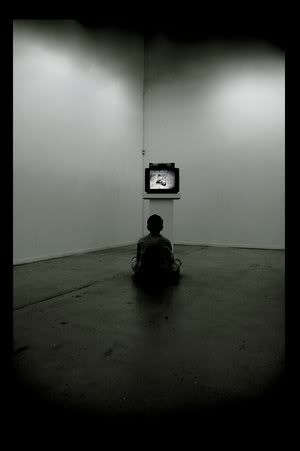how did it come to this?
Haber Process
Nitrogen and hydrogen are mixed together in the ration 1:3. Mixture is passed over catalyst.
Equation for the reatction producing ammonia is:
Nitrogen + Hydrogen <-> Ammonia
N2(g) + 3H2(g) <-> 2NH3(g) [H = -184kJ]
The higher the pressure, the greater the percentage of ammonia at equilibrium.
The higher the temperature, the smaller the percentage of ammonia at equilibrium.
Nitrogen and hydrogen gas is passed over a iron catalyst at optimum temperature of 450 degrees and pressure at 200 atmospheres. The reacted ammonia is condensed to form liquid ammonia, and the unreacted nitrogen and hydrogen will be passed over the catalyst again. Only 15% of the nitrogen and hydrogen react to produce ammonia.



